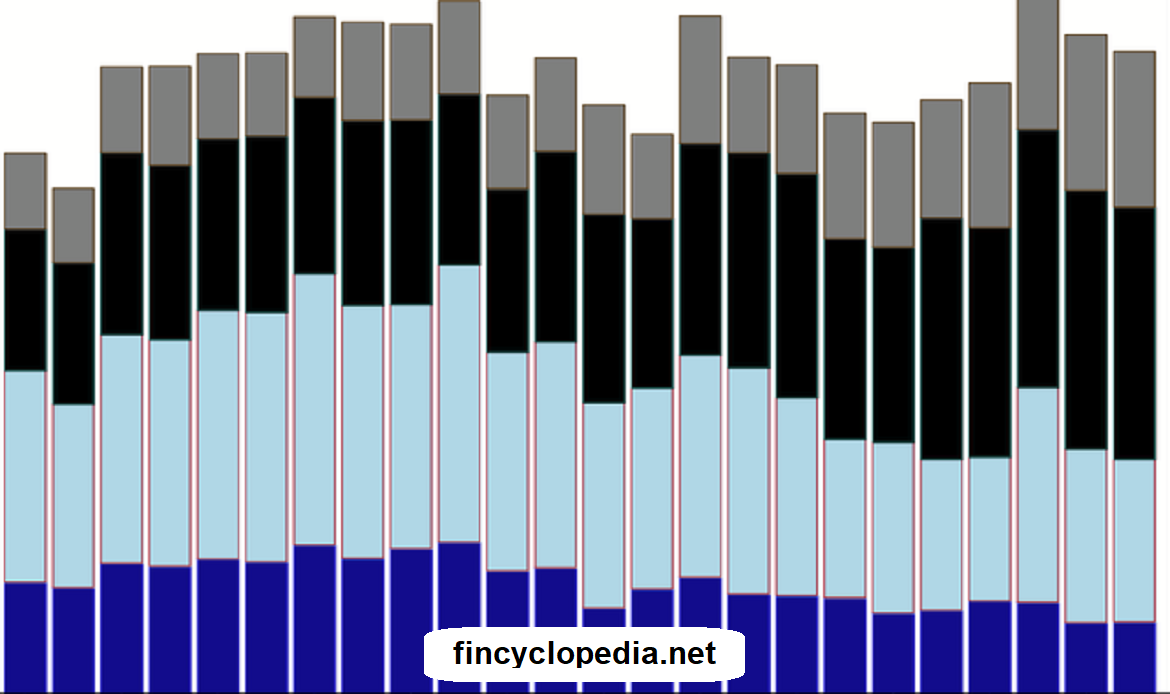The interest rate (charged for borrowing or made by investing) as calculated on an annualized basis including any respective fees (e.g. transaction costs) or additional costs (e.g. late penalties), rather than being merely a monthly, quarterly, semi-annually quoted rate. In calculation, the rate for a payment period is multiplied by the number of payment periods in a year. For example, the annual percentage rate (APR) of a quarterly rate of 1.9% is 1.9% X 4= 7.6%. In many countries and jurisdictions, banks and other lenders are required to disclose to customers/borrowers the cost of borrowing by transparently displaying their APRs, base rates, and semi-annual rates. Credit card companies usually advertise monthly interest rates, but they are required by regulatory authorities to clearly state the annual percentage rate to prospective customers before entering into any agreement. As such, a credit card company may charge a monthly rate of1%, but the APR is 1% X 12= 12%.
Being an actual rate, the APR allows borrowers to easily compare rates charged by different lenders and therefore choose among them in terms of the least borrowing cost. However, the APR doesn’t precisely reflect the total cost of borrowing as it doesn’t account for compounding periods. Alternatively, there is a more direct reference for the annual rate of interest, which is the effective annual rate (EAR). To convert APR to EAR, the following formula is usually used:
EAR= (1+ APR/n)n – 1
For example, if the APR is 10% for a maturity composed of two compounding periods (n=2), then the effective annual rate is:
EAR= (1+ 0.1/2)2 – 1 = 10.25%
The annual percentage rate is also known as the nominal annual percentage rate, as opposed to the effective annual percentage rate.





